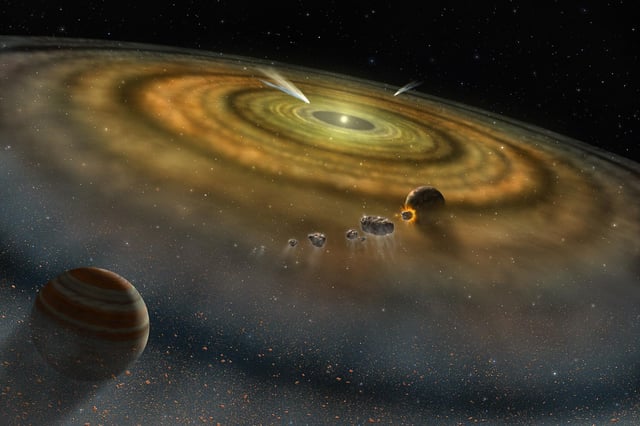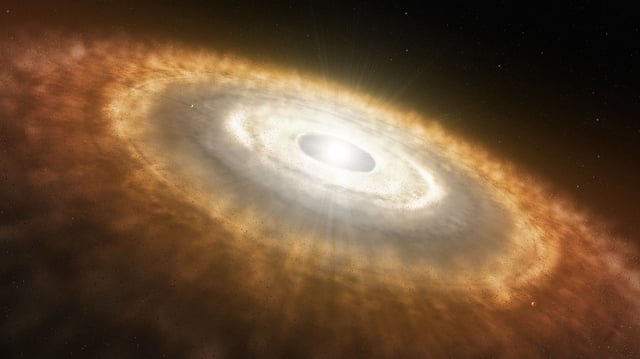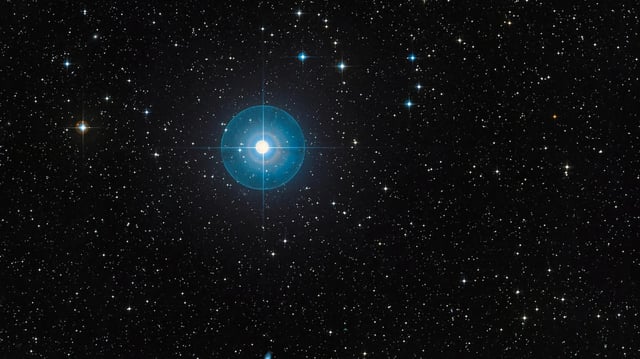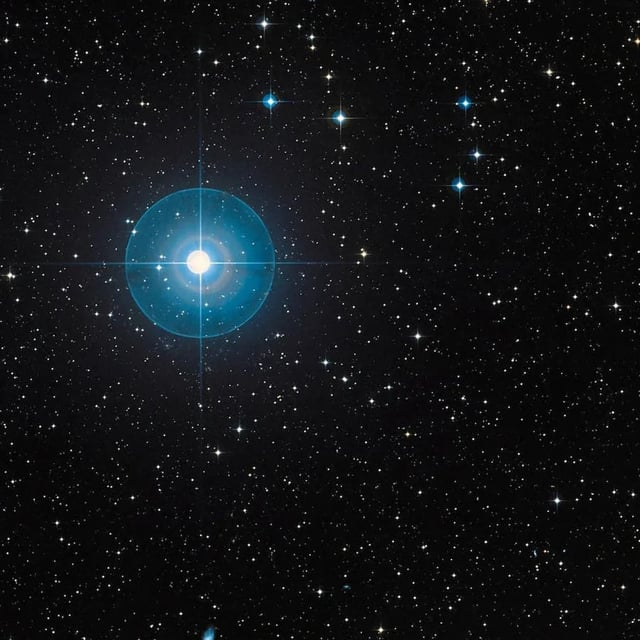Overview
- The James Webb Space Telescope detected evidence of a cataclysmic asteroid collision in the Beta Pictoris star system.
- The collision produced a dust cloud 100,000 times the mass of the asteroid that killed the dinosaurs.
- Comparing data from the Webb and Spitzer telescopes showed significant changes in dust energy signatures over two decades.
- The findings suggest that such collisions were common in young star systems, similar to early solar system events.
- This discovery enhances understanding of planetary formation and the processes that shape young planetary systems.



